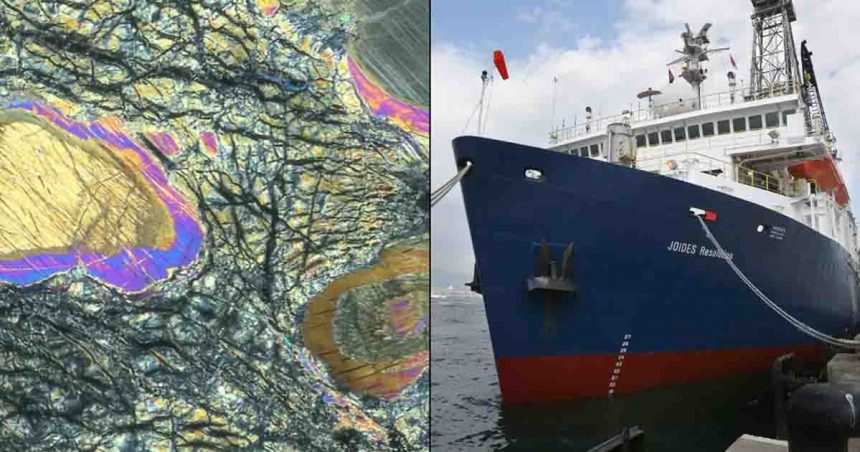During a recent groundbreaking expedition, scientists reached a significant milestone by drilling into the Earth’s mantle near the renowned ‘Lost City’ hydrothermal field. Led by researchers from the Universities of Cardiff and Leeds, this project has unveiled new insights that could unravel the mysteries surrounding the origins of life on our planet. By extracting a core sample from deep within the Earth’s mantle, specifically within the hydrothermal field, the team has opened up unprecedented opportunities to study the processes that have shaped Earth for billions of years.1
What is the ‘Lost City’?
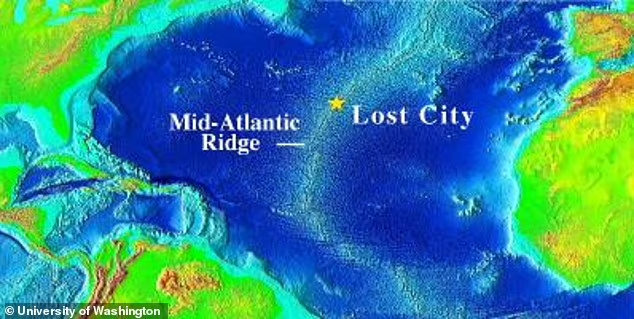
Contrary to its name, the Lost City is not an ancient submerged civilization but a remarkable hydrothermal field situated in the heart of the Atlantic Ocean. This location is known for its impressive alkaline hydrothermal vents that release essential gases like methane and hydrogen, crucial components for sustaining microbial life. These vents have become a focal point for scientists exploring the potential origins of life on Earth. According to Andrew McCaig from the University of Leeds, “One suggestion for the origin of life on Earth is that it could have happened in an environment similar to Lost City.”
Drilling Deeper Than Ever Before
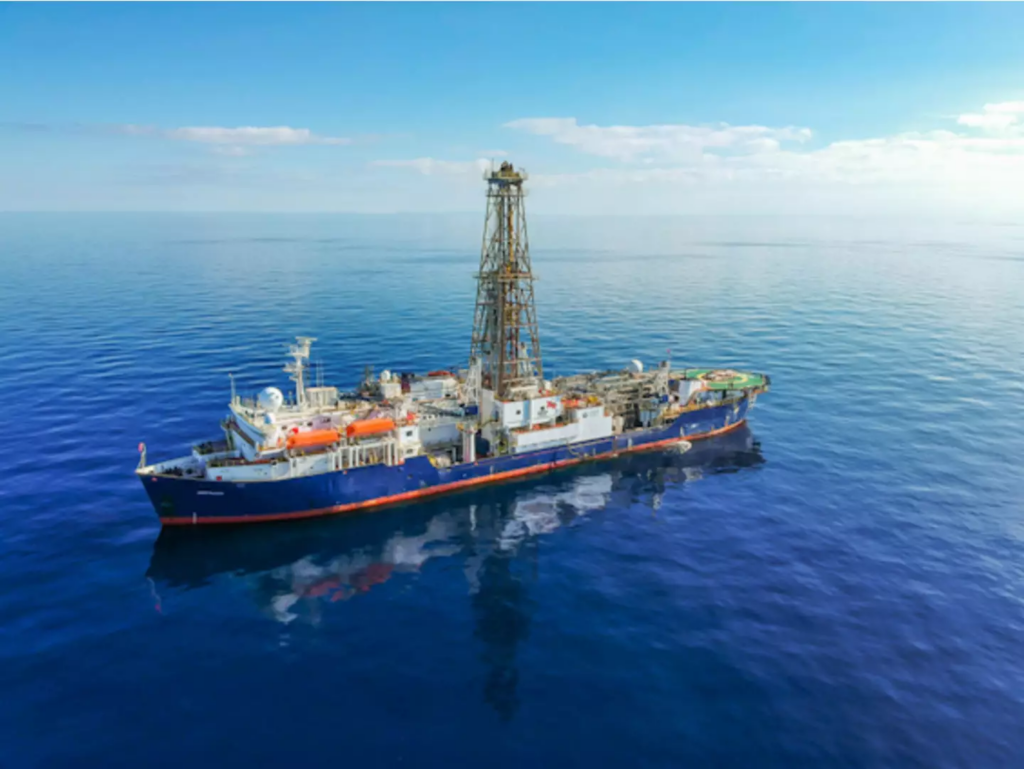
The team of researchers achieved a new depth record by drilling over 4,000 feet into the Earth’s mantle. Their drilling location along the Mid-Atlantic Ridge, one of the largest undersea mountain ranges globally stretching over 6,200 miles, was carefully selected for its unique hydrothermal field that offers a glimpse into deep Earth processes. By recovering a substantial core sample of mantle rock, the team is now embarking on detailed analysis to unveil the secrets hidden within.2
The Significance of the Mantle Core Sample
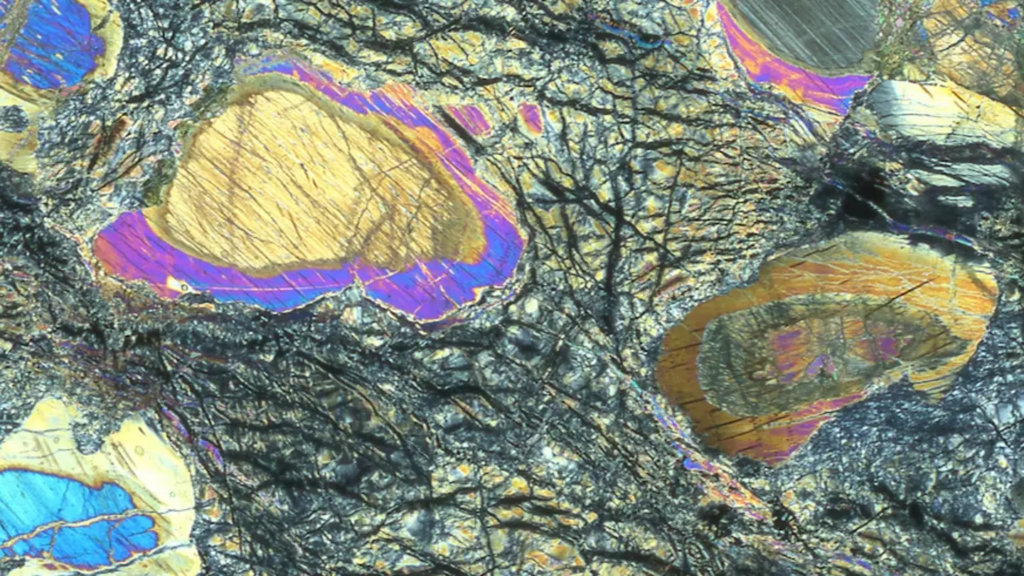
The core sample from the Earth’s mantle is not just a rock; it is a time capsule of geological and chemical processes spanning millions of years within a hydrothermal field. Johan Lissenberg, a geologist at Cardiff University and lead author of the study, emphasizes the importance of studying reactions between seawater and mantle rocks to comprehend the origins of life. “Our recovery of mantle rocks enables us to study these reactions in great detail and across a range of temperatures,” Lissenberg highlighted, underscoring the significance of these findings in linking chemical processes to microbial life development.
Early Surprises in the Core Sample
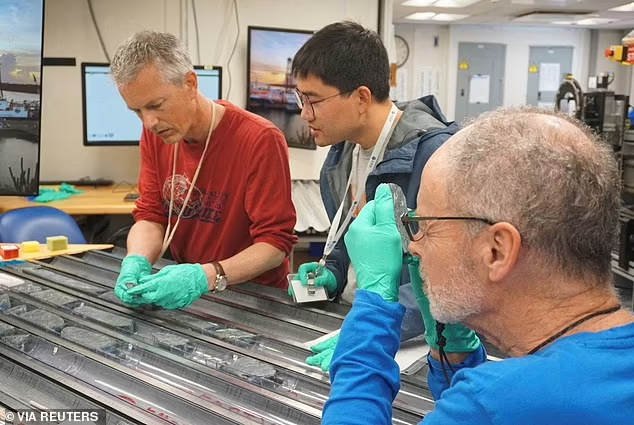
Analysis of the mantle core sample revealed unexpected discoveries, including a lengthy period of melting in the rock, suggesting more intense geological activity than previously thought. This melting process is crucial in forming new oceanic crust, shedding light on how Earth’s surface has evolved over time. These revelations could reshape our understanding of the interactions between the Earth’s mantle and crust.
Implications for Understanding Life’s Origins

The discovery at the Lost City holds profound implications for understanding the potential origins of life on Earth. The chemical reactions between mantle rocks and seawater, especially the formation of methane, are vital processes that could have kick-started early microbial life. As Lissenberg and team delve deeper into studying the core sample, they anticipate gathering more evidence supporting the theory that life on Earth might have emerged in environments akin to the Lost City.
The Future of Mantle Research
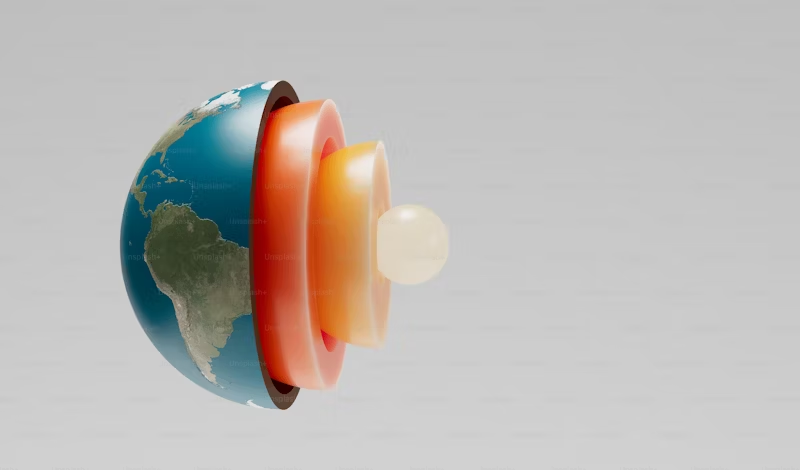
The discovery in the hydrothermal field near the Lost City signifies the potential beginning of a new era in geological and biological research. The mantle core sample offers an exclusive opportunity to study Earth’s deep layers in ways previously thought impossible. Future research will likely concentrate on deepening our comprehension of the chemical processes within the mantle and their role in Earth’s evolutionary timeline. As scientists unravel these mysteries, insights from the Lost City could provide answers to fundamental questions about our planet and the origins of life itself.
Sources
- “Scientists make ground-breaking discovery after digging deepest ever hole near ‘Lost City’.” Lad Bible. Brenna Cooper. August 14, 2024.
- “Scientists make breakthrough after digging 4,000ft beneath ‘Lost City’ in the Atlantic.” Daily Mail. Ellyn LaPointe. August 15, 2024.
